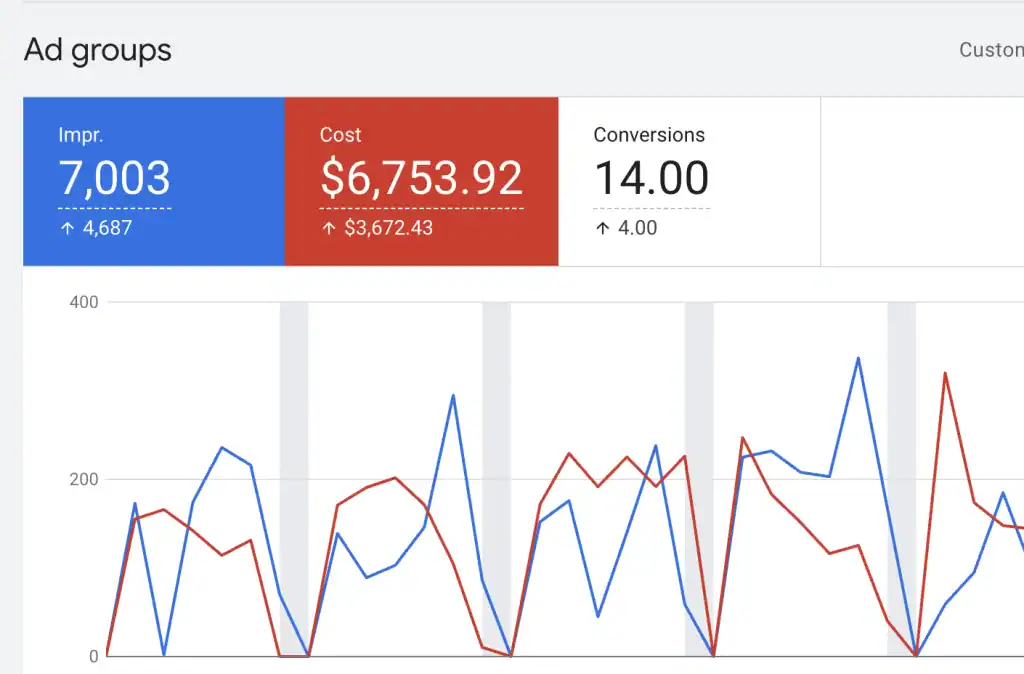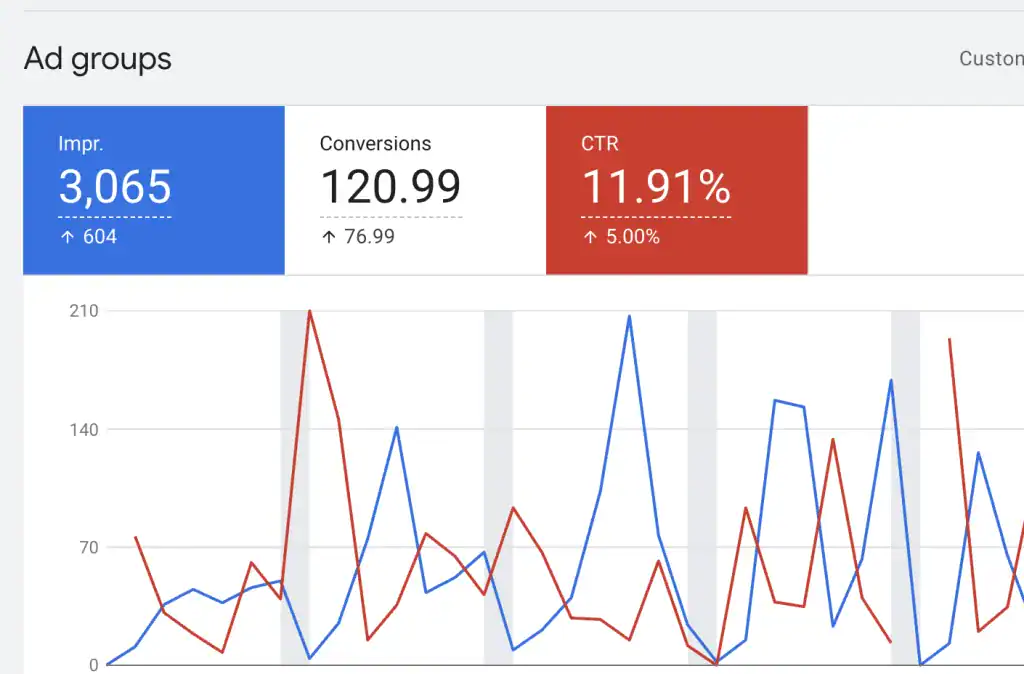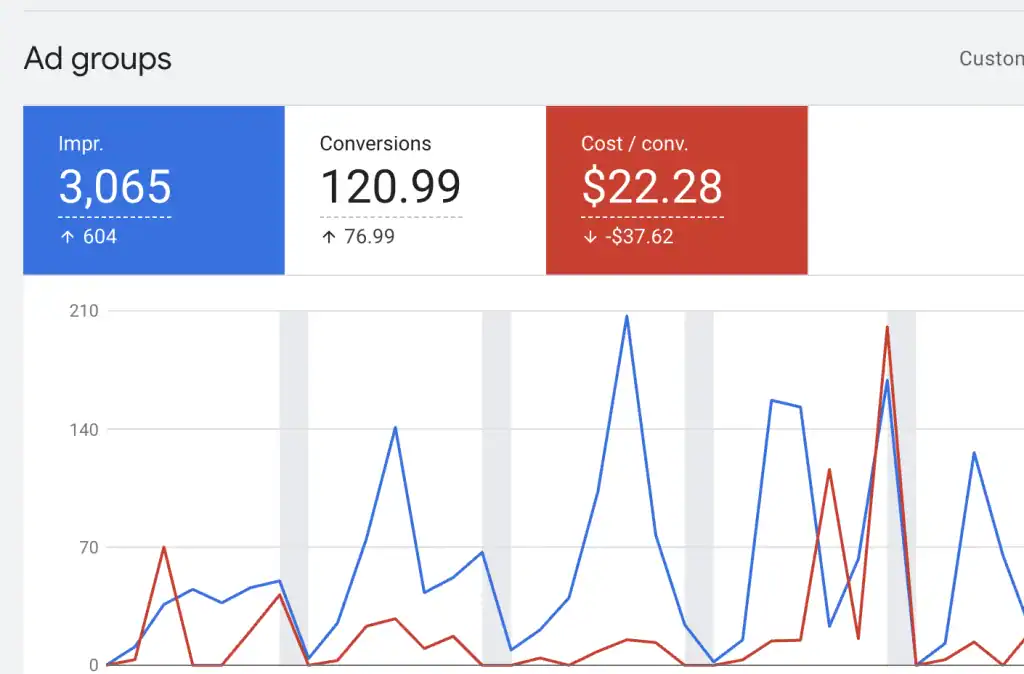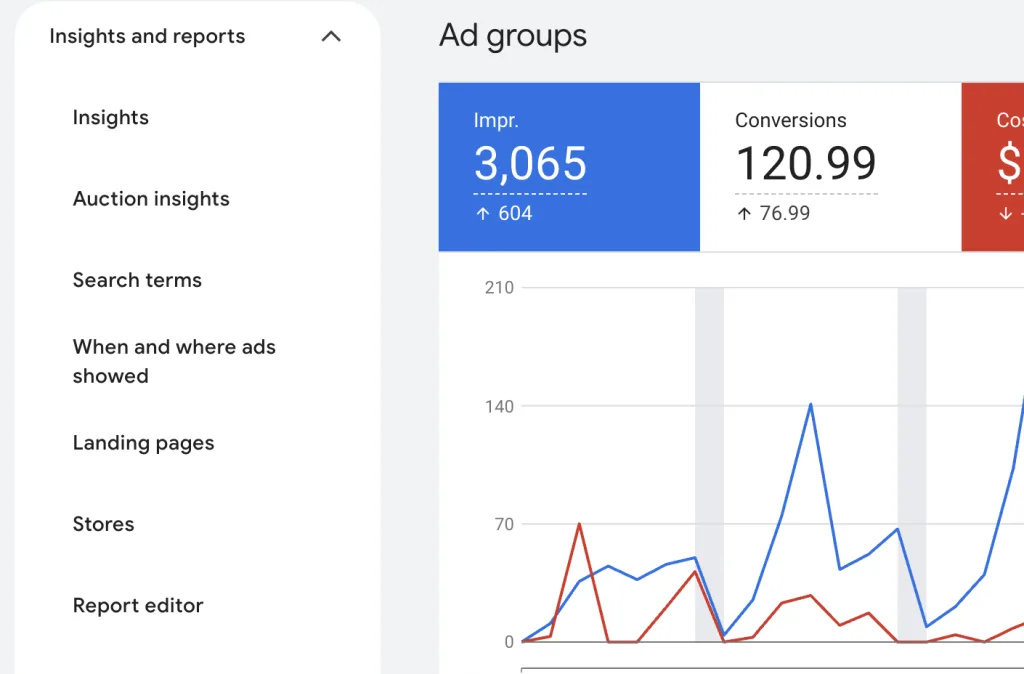TL;DR:
You don’t need to be a Google Ads expert, but if you’re spending money, you do need to understand whether it’s working. These 5 metrics will tell you everything you need to know.
If you’re running paid traffic and not tracking the right Google Ads metrics, you’re wasting money — plain and simple.
Introduction:
Most small business owners either don’t check their Google Ads performance… or look at the wrong things.
Clicks don’t mean customers. Impressions don’t mean income.
No matter what you are spending on Google Ads, you deserve to know what’s actually working and what could be quietly draining your budget.
Let’s break down the 5 most important Google Ads metrics!
1. Conversion Rate
What it is:
The % of people who clicked your ad and took a meaningful action like calling, booking, or submitting a form.
Why it matters:
This is the ultimate truth-teller. You can have a high click-through rate, low cost-per-click, and still get zero leads. If no one converts, the ad failed.
What’s a good CR?
Most healthy campaigns get 5–15%. Local services can even hit 20%+ with strong landing pages.
Common mistake:
Tracking page views or button clicks as conversions instead of real outcomes (bookings, purchases, or form submissions). I also recommend making sure you are tracking phone calls that last 30-60+ seconds long, so you aren’t tracking spam phone calls.
Quick win:
Make sure you know what you are considering a conversion. Your campaign can appear to be doing really well, but until you know this, you don’t know the full truth!

2. Click-Through Rate (CTR)
What it is:
The % of people who saw your ad and actually clicked on it.
Why it matters:
A high CTR means your ad copy is resonating and your keywords are aligned with what people are searching. A low CTR = wasted impressions.
What’s a good CTR?
Generally, 3–6% is solid. Branded campaigns might be higher. Below 2%? Time to review your ad copy and keyword targeting.
Common mistake:
Bidding on super broad keywords like “marketing” or “websites” — you’ll show up for irrelevant searches and tank your CTR.
Quick win:
Use keyword match types intentionally. Test different ad headlines especially questions or numbers (“Get 5x More Leads With Google Ads”).
WordStream has a great breakdown of average Google Ads conversion rates across industries here.

3. Cost Per Conversion
What it is:
How much you’re spending to get one actual lead or sale.
Why it matters:
This is where ROI becomes real. You can’t just look at cost-per-click. If you pay $1/click and 1 in 50 convert, you’re at $50 per lead. Is that worth it for your business?
What’s a good CPA?
Depends on your service. If a client is worth $300, a $30 CPA is great. If it’s $40, and you’re spending $60 to get it — that’s upside down.
Common mistake:
Not knowing your customer lifetime value — so you don’t know what a “good” CPA really is.
Quick win:
Start tracking actual conversions inside Google Ads. Don’t guess. Set up GA4 or import conversions from your booking system or CRM

4. Search Terms Report
What it is:
A behind-the-scenes look at what people actually typed into Google before clicking your ad.
Why it matters:
This is where most ad waste lives. You might be bidding on “brow waxing near me” but showing up for “how to wax your own brows.” Google’s default settings can be overly broad.
Common mistake:
Not checking this report weekly. You’re likely paying for irrelevant or competitor-related clicks unless you actively block them.
Quick win:
Regularly update your negative keywords list. If someone types something unrelated — block that phrase forever.

5. ROAS (Return on Ad Spend)
What it is:
How much money you made compared to what you spent.
Why it matters:
It’s your bottom line. ROAS tells you if the ads are profitable. If you spend $500 and make $2,000, you have a 4x ROAS — solid.
What’s a good ROAS?
Depends on your margins. A 2x is the bare minimum for most small businesses. 3x–5x is healthy.
Common mistake:
Not tracking revenue or leads accurately — so ROAS is either a guess or not calculated at all.
Quick win:
If you sell services, estimate average revenue per lead. If you sell products, use the value tracking feature in Google Ads or eCommerce integrations.
Final Thoughts:
Google Ads isn’t about chasing clicks, it’s about clarity. When you focus on the right metrics, you can finally make confident decisions, cut waste, and grow smarter.
If your ad dashboard still feels like a foreign language, I’ve got you, reach out anytime!



